In my opinion, Jaws is a perfect movie. It is iconic beyond iconic, actually changing human behaviors with its viewing. A movie that is the standard even today for “animal on the loose” movies, and it is unlikely to ever be overshadowed.
Now, you may think that the shark in the movie wouldn’t qualify as a monster, but the differences in biology between a real specimen of Carcharodon carcharias and the movie monster are quite vast. These differences are worth noting if only to dispel the terror Jaws inspired.
And the slaughter it began.
Symbolism
There are three big things about the shark that really stand out as symbolic elements.
One is a filming technique, another is the alien environment it lives in and the final one is its nature as an animal.
First, to the filming. Jaws ‘works’ in part because we barely see the monster.
We see things that indicate the monster is around or act as the monster by proxy. Turning simple things into nightmares. A shadow, a wave, a dock, a barrel. These things can’t kill anyone, but the thing near it, that’s pulling it along, what it could be—that’s the real danger.
The human brain is built to make connections. It is made to go from “The bush is shaking” to “The bush is shaking because there’s a lion behind it!” Jaws preys on that compulsion perfectly, and what really makes it so memorable. We know it’s there, but can’t see it. And our minds eye constructs horrors beyond any the screen can provide.
Which are my favorite kind.
It also does it to master suspense. We know that a shape or dock or barrel is the monster, but a character may be unaware of it (the poor Sailboat guy in the pond being a good example of not knowing until it was too late).
The next part is where the monster lives. Humans are, let’s face it, land animals. We may love swimming (or at least I do) and other waters ports, but we’re not really built to live there. We’re slower there. Ungainly, we have to hold our breath and most of the time, we can’t see worth a damn in or above it.
So we put a predator capable of swallowing us in a few bites there and the situation becomes a thousand times more dangerous.
The final push of terror comes from this simple fact: great white sharks are real. This animal is out there, and it cruises many of the world’s most popular beaches. And it is known to attack and kill humans.
It is not just a representation of our fears of the unknown within the oceans depths, but a ‘real monster’ out there that can kill us at its whim. That’s what the movie says in part.
But it’s wrong.
Biology
The shark in the movie Jaws is based half on exaggerated fish stories and half on theories now known to be false. It created an impression that the Great White Shark, and indeed all sharks, are ‘eating machines’. These days we know a lot more about sharks. And the movie spread a lot of falsehoods.
Here’s the big things.
There is no such thing as territoriality.
This was the theory used to explain why the shark set up shop around town and would keep being a problem until it was killed. A necessity for the film to be sure, but research and animal tagging speak of the opposite. White Sharks are globe trotters. With their food needs, it makes sense.
And humans aren’t on the menu. We’re just too skinny for White Sharks. Yes, even Americans. White Shark diet primarily consists of Seals and Tuna. Humans don’t have the right calorie count to be worth hunting to the degree the shark in Jaws does. And he appears to feed on humans almost exclusively.
The last thing to mention in the size of the animal. The shark is slightly larger than recorded properly (25ft long). Like any good monster based on a real animal, it has had its dimensions exaggerated in every possible manner. The largest confirmed white sharks average about 20ft. Jaws tips those scales, and has a far wider mouth.
It is tempting to compare it to the giant shark of the Cenozoic, Megalodon (Carcharodon megalodon or Carcharocles megalodon – there’s some dispute over how to classify it), which may have grown to well over 50ft in length. However, for the size, a better comparison would be to the Ginsu Shark for ease of remembering (easier than Cretoxyrhina). This animal lived in the middle of the Cretaceous period and grew to just shy of the monster in Jaws (21-24ft), but could easily reach that size given time.
There is however a way to get an animal that big: have it be ancient. Many fish have what is called “Indeterminate Growth”, which means they continue to grow throughout their lives. The older they are, the larger they become. Jaws may be half a century or more in age when it decides to flout every part of Shark behavior to chase humans with almost a vengeful streak.
So, having established that the shark is now fictional, it’s time to talk about the effect the film had.
See, because sharks are not that well known and are still rather mysterious today, people took the film’s displays as gospel. This happens far more often than you may think. People see a movie and assume some things in it are true.
They forget that movies are fiction. That movies will lie if it fits the needs of the story. Jaws needed a monster and it made a great one. Many of the people watching it assumed that all Great White Sharks were like the monster and went out to hunt their own monster.
A real life version of the shark hunting frenzy from the movie. Steven Spielberg wasn’t really happy with that result. Neither were many people who studied sharks (who do actually love the movie, just not the behavior it inspired). It’s taken a long time to undo the damage and it’s not all fixed yet, at least culturally.
Finally, there’s one other biological thing to mention regarding Jaws: the shark attacks that inspired it.
In 1916, the first shark attacks on a beach environment that got public attention.
Hell, at the time, the idea of sharks being able to eat people was dismissed off hand by the scientists of the day. They claimed a shark’s jaws were too weak to feed on human flesh. A shark’s jaws are relatively weak in many cases, but they have those teeth to pick up the slack.
Three attacks, killing four and injuring one, changed people’s mind and pretty much followed the Jaws formula.
Denial, shark-hunt gets false positive and then final unexpected attack that harms children. They ended up calling the killed “The Matawan Man Eater”.
This is the name of a river the shark went up for its final victims.
This also reveals the identity of the killer: a bull shark. White sharks don’t really eat people, but bull sharks do. They are extremely dangerous animals that will eat humans if given the opportunity. They give birth to live young in rivers, which is a very uncommon trait among sharks. Generally, it’s considered the only modern shark to do this (though there may be exceptions with the Greenland Shark).
Whether it was the same shark or not is unknown (but unlikely), but the species may have been the same in the attacks. Bull sharks are among the most dangerous shark in that area, so it is extremely likely.
So even though the story of Jaws is fiction, damaging fiction, there is still that kernel of truth in it.





































































































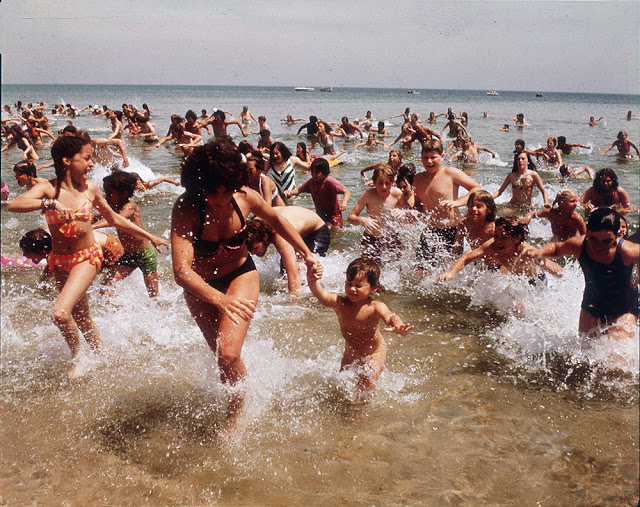
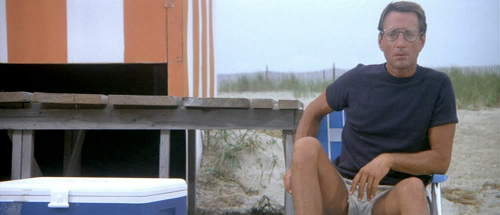
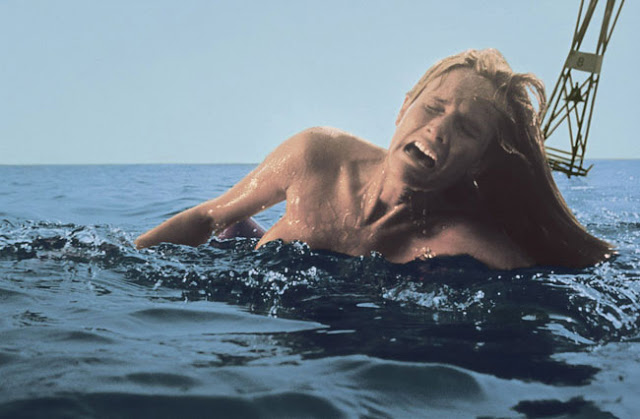
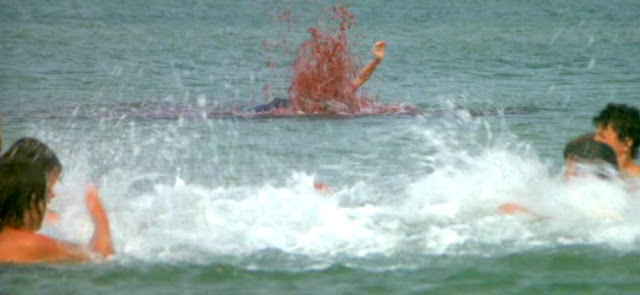
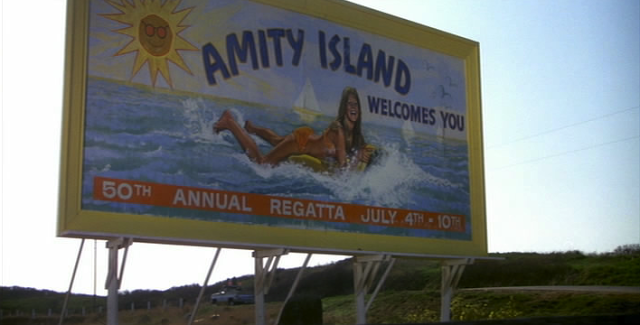
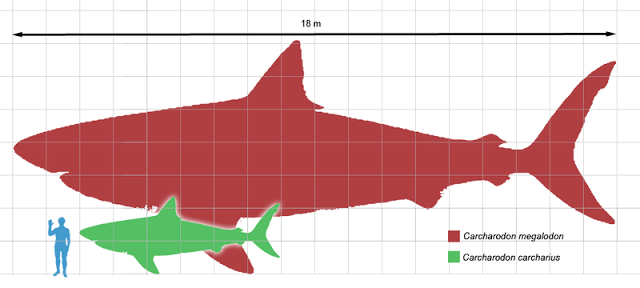
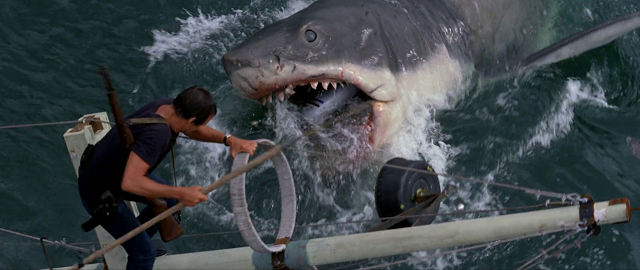
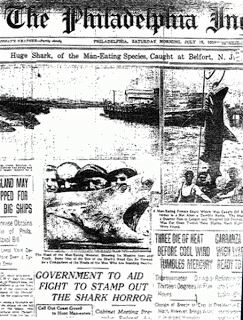







3 Comments